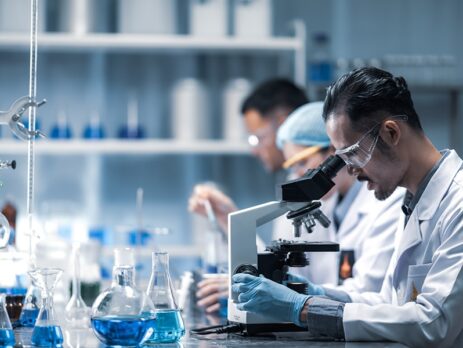Three reasons why gas detection is so important for laboratories
In a laboratory setting, you’ll encounter threats from Volatile Organic Compounds (VOCs). But thankfully, with the right gas detection system in place, you can ensure the ongoing safety of your employees and the accuracy tests they’re conducting. Here, we’ll discuss three reasons why gas detection is so important in laboratory settings.
1. The health of your employees
Your laboratory requires constant monitoring to ensure the air quality isn’t posing a threat to those working within the environment. In laboratories, toxic and flammable gases are one of the most universal hazards. This is because various procedures, tests and experiments are carried out using a wide variety of toxic or flammable substances.
For example, widely-used substances such as ethanol, isopropanol and formaldehyde can all produce potent toxic gases. Similarly, chlorine and nitrogen are two particularly corrosive and dangerous examples of common gases. While others like nitrogen and argon may be chemically inert, they’re still capable of asphyxiating staff in high enough quantities. On top of this, gas leaks from cylinders is another ever-present danger.
Not only do these gases pose a threat to staff health, but many of them are also colourless and odourless. This makes them difficult to detect until they reach dangerous levels. Thankfully, gas detection systems use sophisticated sensors and clear, unambiguous alerts to notify everyone in the immediate area when any toxic or flammable gas reaches harmful concentrations. This means human health is continuously safeguarded.
2. The quality of your work and tests
If your lab is conducting tests, then the presence of VOCs could compromise your results or lessen the effectiveness of your work.
For example, an Assisted Conception Unit (ACU) laboratory must carry out a wide range of medical procedures that are designed to address infertility issues, such as in vitro fertilisation (IVF) and intracytoplasmic sperm injections (ICSI). However, if VOCs are present in this environment, then these gases can have a detrimental effect on any embryos present in the area, and the overall success rate of the treatments. This means patients are much more likely to undergo unsuccessful procedures.
3. Ensuring the safety of the wider area
If left undetected for a lengthy period, a gas leak can have a devastating effect. This is because gas leaks can also cause problems in the wider building.
Through ventilation, these harmful gases can pass through the wider building at pace, also threatening the health and safety of other employees who may be unaware of the presence of the laboratory. This can cause a huge health and safety problem if the gas also changes pressure or comes into contact with other elements, which could ultimately create a fire hazard.
